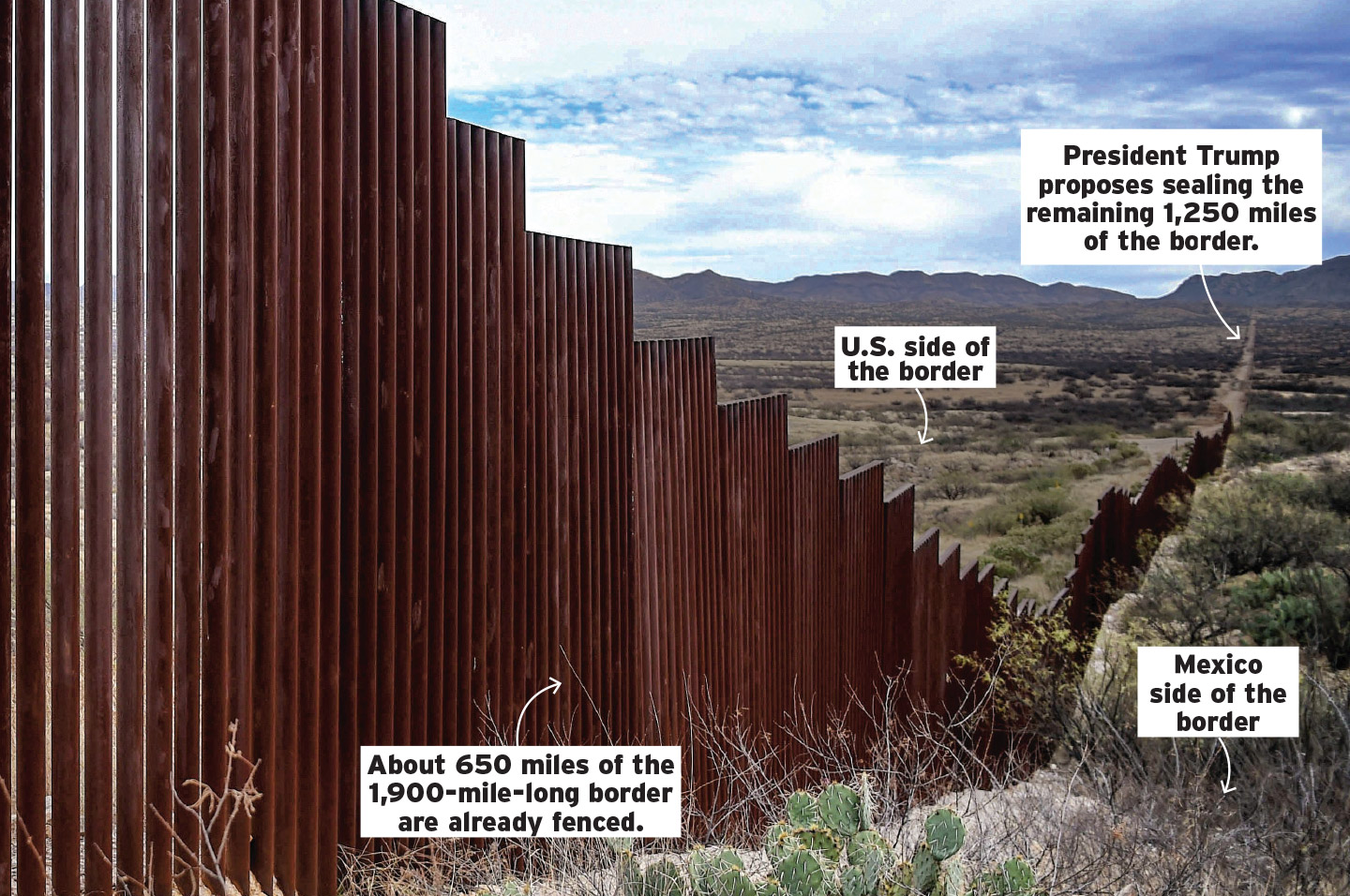Mexico and the U.S. share a long, turbulent history (see timeline, below). In the past three decades, however, the relationship has improved greatly, and Mexico has dramatically transformed.
Since the 1994 adoption of the North American Free Trade Agreement (NAFTA)—which opened up trade among the U.S., Mexico, and Canada—Mexico’s exports have soared. In addition to growing much of the produce Americans eat, Mexico now makes and sells cars, electronics, and appliances.
As the Mexican economy has grown, life has improved for many of its 128 million citizens. Almost half of Mexico’s households are now considered middle class. Kids, on average, stay in school twice as long as they did 25 years ago, says Shannon K. O’Neil of the Council on Foreign Relations.
“Today, your average 15-year-old in Mexico is thinking about the quiz he’s going to take on Friday, not about migrating to the U.S. to look for work,” she says.
Mexico’s economic gains mean that fewer of its people are heading to the U.S. illegally in search of jobs. The number of undocumented Mexicans in the U.S. dropped from a high of 6.9 million in 2007 to 5.8 million in 2014, according to the Pew Research Center. At the moment, experts say net migration is zero: As many Mexicans are heading back to Mexico as are heading illegally into the U.S.
Despite positive changes, Mexico faces serious challenges in the form of poverty, violence, and the illegal drug trade. And Mexicans still represent about half of the 11 million undocumented immigrants living in the U.S.
Because of these issues, many Americans support Trump’s plans to seal off the border. They say undocumented immigrants are taking American jobs and resources, and they blame them for increasing crime rates.
Trump has implied that many undocumented immigrants are criminals—calling them “bad hombres.” In February, the Trump administration announced plans to enforce immigration laws much more aggressively and to step up deportations.
As far as paying for the wall, Speaker of the House Paul Ryan says Congress will fund the project, which could cost more than $21 billion and take until the end of 2020 to complete. But Trump has mentioned a tax on Mexican imports as one possible way to make Mexico foot that bill.
“[Trump] has a promise he made to the American people, which is to secure our border,” Ryan said recently. “A wall is a big part of that.”
But if the U.S. builds the wall, it may face new threats at the southern border. Mexico currently collaborates with the U.S. on counterterrorism efforts, sharing information on potential terrorism suspects. Jorge Castañeda, Mexico’s former foreign secretary, says that assistance could end if Trump carries out his plans. “Let’s see if his wall keeps the terrorists out,” Castañeda said. “Because we won’t.”

